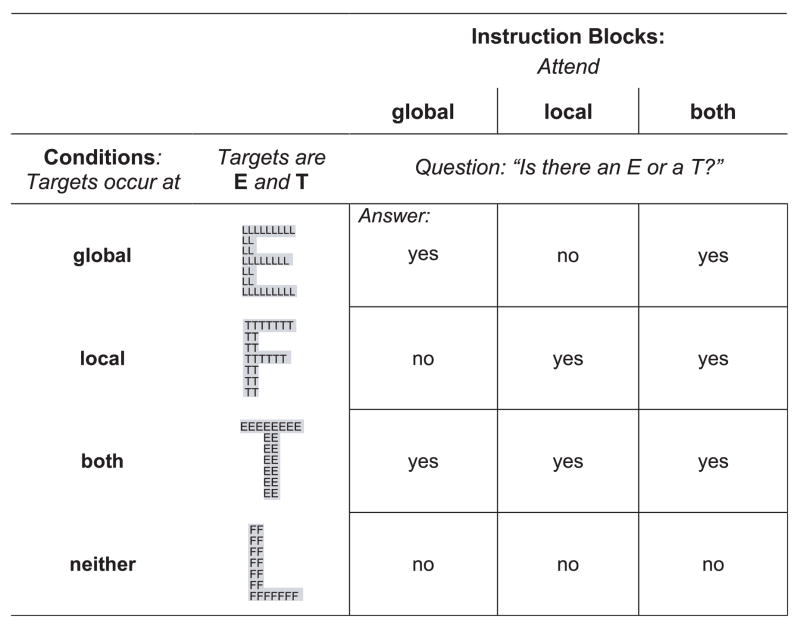Fig. 1. Design of the global–local paradigm.
3 attention blocks (1) attend to the global level, (2) attend to the local level, and (3) attend to both levels with 4 randomly intermixed conditions (1) global targets, (2) local targets, (3) both global and local targets, and (4) neither global nor local targets were repeatedly presented. Target letters were E and T, nontarget letters F and L. Subjects answered the question: Is there an E or a T? by pressing a Yes key for these target letters and a No key for the presence of nontarget letters F and L at the requested attended level (global, local, or both levels). Four specific component process effects were calculated from response times (Difference RTs): (1) Precedence: selective attention (SA) or divided attention (DA) blocks with targets at one level, (a) precedence (SA) = (global targets/attend global) − (local targets/attend local); (b) precedence (DA) = (global targets/attend global + local) − (local targets/attend global + local); (2) Congruency: SA and DA block with targets at both levels: congruency = incongruent trials (e.g., global T, local E) − congruent trials (global E, local E); (3) Response conflict for SA: (a) attention to global: inhibition = (local targets) − (no targets at either level), (b) attention to local: inhibition = (global targets) – (no targets at either level); 4) Response facilitation for SA: (a) attention to global: facilitation = (global targets) − (targets at both level), (b) attention to local: facilitation = (local targets) − (targets at both level).

